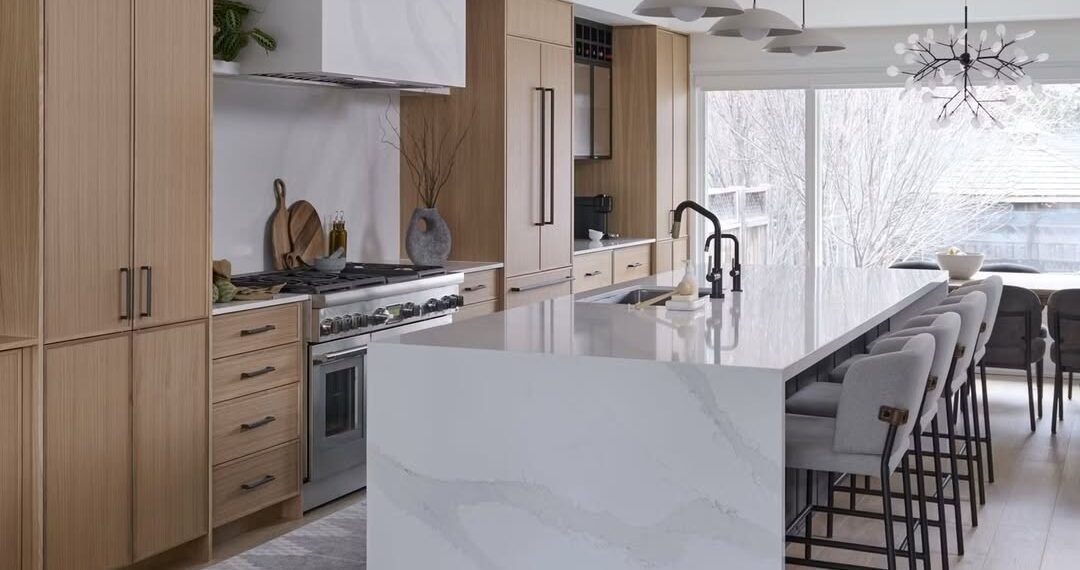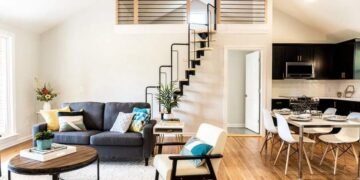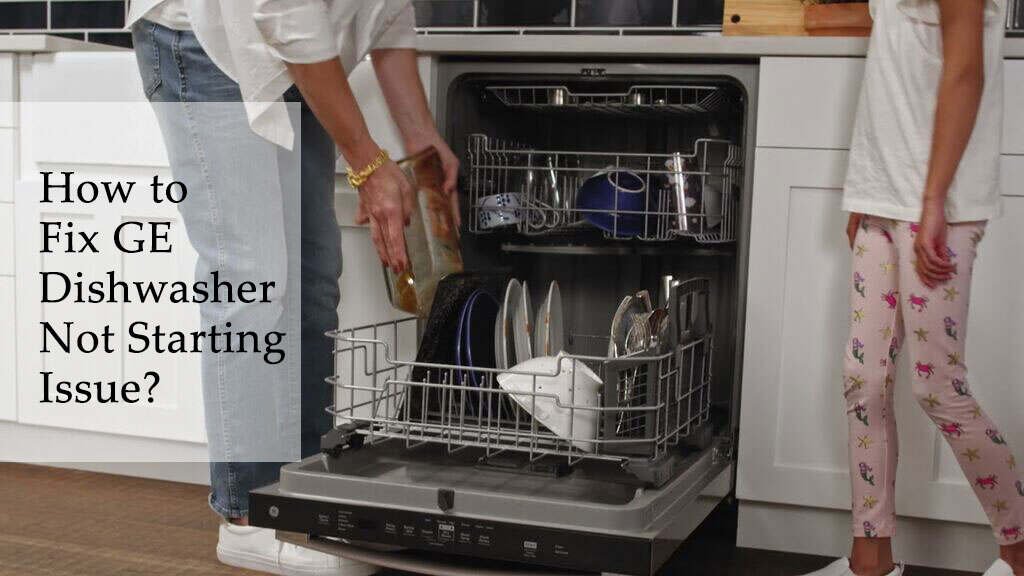Silestone countertops are a popular choice for modern kitchens due to their durability, stain resistance, and sleek appearance. While functionality is crucial, color selection is just as important. The right Silestone countertop color can enhance the entire look of your kitchen, complementing cabinetry, flooring, and appliances. With so many options available, finding the perfect shade might feel overwhelming.
This guide will break down how to choose the ideal Silestone color based on kitchen size, lighting, style, and personal preferences.
1. Consider Your Kitchen Size
The size of your kitchen plays a significant role in determining the best countertop color. The right shade can enhance space or create depth, depending on your needs.
For Small Kitchens
- Lighter colors like white, beige, or light gray create an open and airy feel.
- Reflective surfaces help bounce light around the room, making it look larger.
- Avoid overly dark colors, which can make the space feel cramped.
For Large Kitchens
- Bold, dark tones like charcoal, deep blue, or black can create drama and sophistication.
- Rich, dark colors can define the space without overwhelming it.
- If the kitchen has plenty of natural light, dark countertops won’t make it feel too heavy.
Choosing a color that complements the scale of the kitchen ensures the space feels balanced.
2. Think About Lighting Conditions
Lighting has a huge impact on how a countertop color appears. The same shade can look different in natural vs. artificial light.
Natural Light
- If your kitchen gets plenty of natural sunlight, you can opt for deeper, richer colors.
- Dark countertops won’t make the space feel closed off.
- Light colors may appear even brighter, so consider whether you want a soft contrast or a bold statement.
Artificial Light
- If your kitchen relies mostly on ceiling lights or under-cabinet lighting, countertop colors may appear warmer or cooler than in natural light.
- Cool-toned lighting can make warm beige or cream countertops look dull.
- Warm lighting can make cool grays or stark whites appear softer.
It’s a good idea to bring countertop samples home and view them in different lighting conditions before making a final decision.
3. Match Your Cabinetry and Flooring
The countertops, cabinets, and flooring should complement each other to create a cohesive design.
If You Have White Cabinets
- Classic Look: White or off-white countertops create a bright, timeless look.
- Modern Look: Gray, taupe or black countertops add contrast and depth.
- Warm Look: Beige, cream or stone-colored countertops soften the overall aesthetic.
If You Have Dark Cabinets
- Sleek Look: White or light gray countertops create contrast and balance.
- Elegant Look: Matching dark countertops create a moody, luxurious atmosphere.
- Rustic Look: Brown or tan countertops add warmth and richness.
If You Have Wood-Toned Cabinets
- Light wood pairs well with neutral countertops like white, gray, or soft beige.
- Dark wood looks great with contrasting light countertops or matching deep hues.
- Gray wood cabinetry works with cool-tone countertops like marble-inspired Silestone designs.
Matching Flooring
- If your kitchen has light floors, dark countertops can add depth.
- Dark flooring pairs well with light countertops to brighten the space.
- Wood flooring works well with earthy tones like beige, brown, or warm gray.
Coordinating countertops with cabinetry and flooring creates visual harmony in the kitchen.
4. Match the Countertop Color to Your Kitchen Style
Your kitchen’s design style plays a role in choosing a Silestone color that complements the space.
Modern Kitchens
- Best Colors: White, gray, black, or marble-look designs.
- Why? Clean, sleek surfaces enhance the minimalist aesthetic.
- Pair With: High-gloss cabinets, stainless steel appliances, and slab backsplashes.
Traditional Kitchens
- Best Colors: Warm beige, brown, cream, or rich gray.
- Why? These tones complement wood cabinets and classic decor.
- Pair With: Raised-panel cabinets, decorative backsplashes, and traditional hardware.
Farmhouse Kitchens
- Best Colors: Soft white, creamy beige, or light gray.
- Why? These shades create a warm and inviting look.
- Pair With: Shaker cabinets, exposed wood beams, and vintage decor.
Industrial Kitchens
- Best Colors: Dark gray, charcoal, or black.
- Why? Bold, moody colors enhance the industrial vibe.
- Pair With: Metal accents, open shelving, and subway tile.
Coastal Kitchens
- Best Colors: Soft blue, seafoam green, white, or sandy beige.
- Why? These colors reflect natural seaside elements.
- Pair With: White cabinets, natural wood accents, and nautical decor.
Matching the countertop to your kitchen style ensures a cohesive and visually appealing space.
5. Choose a Finish That Complements the Color
Silestone countertops come in different finishes that affect the final look and feel of the color.
Polished Finish
- Creates a high-gloss, reflective surface.
- Enhances rich, dark colors.
- Gives a sleek and modern aesthetic.
Suede Finish
- Has a soft, matte texture.
- Reduces reflections for a more muted, natural look.
- Works well for warm neutrals and earth tones.
Volcano Finish
- Features a textured, slightly rugged feel.
- Ideal for industrial or rustic kitchen designs.
- Pairs well with gray, beige, or natural stone-inspired colors.
The finish you choose can enhance or soften the color, so consider how it fits within your design vision.
6. Look at Color Samples in Your Space
A countertop may look different in the showroom than in your kitchen. To make the right decision:
- Take home samples and place them on your current counters.
- View them at different times of day to see how they look in varying lighting.
- Hold them next to your cabinets and flooring to ensure they complement each other.
This step ensures that the color works well in your actual space, not just under showroom lighting.
7. Consider Long-Term Trends vs. Timeless Choices
While bold colors can be trendy, they may not stand the test of time. If you’re planning to stay in your home long-term, consider neutral tones that won’t go out of style.
Timeless Colors
- White, gray, and beige work well in any kitchen style.
- Marble-inspired designs offer elegance without being trendy.
- Soft earth tones create warmth and coziness.
Trendy Colors
- Deep navy, forest green, or bold black can add personality.
- Bright, statement hues may look dated in a few years.
If you love a bold color, consider using it in backsplashes or accessories rather than on countertops.
Choosing the perfect Silestone countertop color requires balancing aesthetics, lighting, kitchen size, cabinetry, and flooring. By considering these factors, you can find a color that enhances your space, matches your style, and remains beautiful for years to come.
Taking home samples, testing them in your lighting, and matching them to your kitchen’s overall theme will ensure you make the right decision.
















